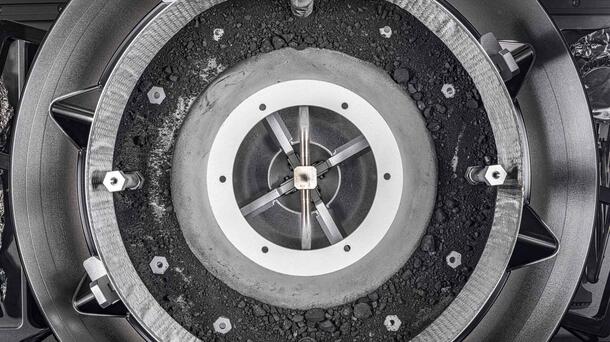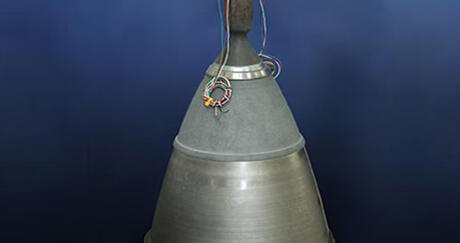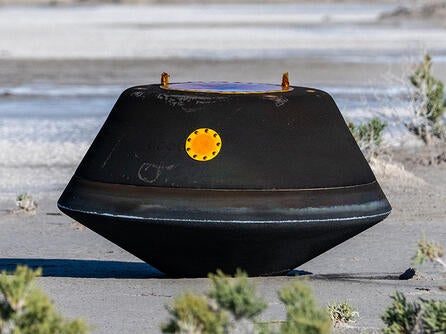The team working at NASA’s Johnson Space Center successfully opened the OSIRIS-Rex spacecraft to reveal the complete sample of rocks and dust collected from asteroid Bennu by the agency’s OSIRIS-REx spacecraft in 2020. The team earlier collected 70.3 grams of asteroid material from outside the container before the lid was removed, surpassing the NASA’s goal of returning at least 60 grams to Earth.
The material will be studied by generations of scientists to learn how planets formed and how life began, as well as improve our understanding of asteroids that could impact Earth.
While the OSIRIS-REx spacecraft’s journey was supposed to end after dropping the asteroid sample return capsule off in the Utah desert on Sept. 24, 2023, NASA decided to extend the spacecraft’s mission, putting a favorite back in the spotlight. The mission has been rebranded, undertaking its next steps as OSIRIS-APEX (Origins, Spectral Interpretation, Resource Identification, Security-Apophis Explorer).
Now that the OSIRIS-REx mission has successfully completed, the spacecraft has set course towards another asteroid, Apophis.
Like the mission before it, OSIRIS-APEX will fly solely on the wings of Aerojet Rocketdyne propulsion, using the 28 onboard thrusters to reach the asteroid, enter its orbit and conduct operations.
Soon after Apophis draws near Earth in early 2029, OSIRIS-APEX will begin photographing the asteroid, kicking off a 15-month observation period. After that time, APEX will use its thrusters to dislodge material on the surface and below, observing subsurface material and giving scientists knowledge on space weathering and surface strength that was previously beyond reach.
Unlike Bennu, a carbonaceous (C-complex) asteroid, Apophis is a stony (S-complex) asteroid, the most common variety of potentially hazardous asteroids. Apophis itself raised some eyebrows upon its 2004 discovery, as scientists held concerns that it could hit the Earth in 2029. While those worries have been quelled, monitoring the asteroid could help provide more information towards mitigation strategies.
To learn more about the mission, visit NASA’s in-depth OSIRIS-REx website here.


